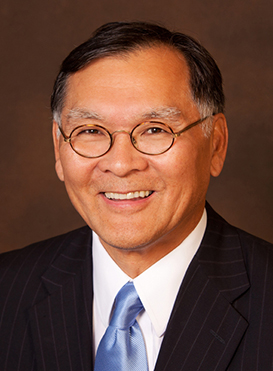By Chris Larson
Capital West News
Two Utah legislators appeared before the Social Services Appropriations Subcommittee to encourage passage of a bill that would return previously unfunded debt forgiveness programs for health professionals to the State of Utah.
The Health Care Workforce Financial Assistance Program, which was established in 2002 to bring medical professionals to underserved areas of the state, was defunded in 2008. Sen. Brian Shiozawa, R–Salt Lake City, is championing an apportionment of the Social Services budget to include funding the program again, and Sen. David Hinkins, R–Orangeville, is sponsoring legislation to bring physicians to rural areas.

University of Utah professor of public health and former executive director of the Utah Department of Health, Dr. David N. Sundwall, testified before the committee Friday to discuss compelling components of the program.
“Now, our typical debt burden for a medical student is $166,000, for graduate nurses is between ($15,000 and $19,000), for a physician’s assistant $84,000,” Sundwall said. He estimates that dental students face $260,000 of debt.
This program specifically applies to physicians, physician assistants, nurses, dentists, and mental health therapists who are given grants to help pay off these high debts in exchange for serving in an underserved community for a designated amount of time, he said.
Also, underserved areas are not necessarily rural areas. Marc Babitz, the director of the Division of Family Health and Preparedness, explained that those applying to the program must serve in designated underserved or medical professional shortage areas, areas designated by the program. Sundwell told the committee that 23 of 29 Utah counties are considered underserved.
Shiozawa offered his support for the Rural Physician Loan Repayment Program, SB76, based on his experience practicing emergency medicine in rural Utah. He explained that this was a synergistic solution to rural Utah’s access to health care.
Sponsored by Sen. David Hinkins’, the bill specifies that hospitals must match the amount of money given by the state to repay a physician’s debts. It is limited to counties with a population of less than 50,000 residents.
David Gessell, executive vice president of the Utah Hospital Association, made it clear that this is a specific program to fill a specific need. “If that is not a priority for you, I think you’re sending a pretty bad signal to other groups that come forward to be partner(s) in something (that) isn’t worthwhile with the legislature,” Gessell said.
“All the other states surrounding us have programs like this that allow for the pay back of student loans and could pay up to $20,000 (a year),” said Hinkins. “some of these kids (have) $200,000 and $300,000 of debt. So, they would have to stay there for several years to pay their loans.”
The major employers in rural Utah, mines, power plants and major construction companies, often provide health insurance for employees. “Most people in my area have good jobs and have health insurance and sometimes the doctors just aren’t there,” said Hinkins.




